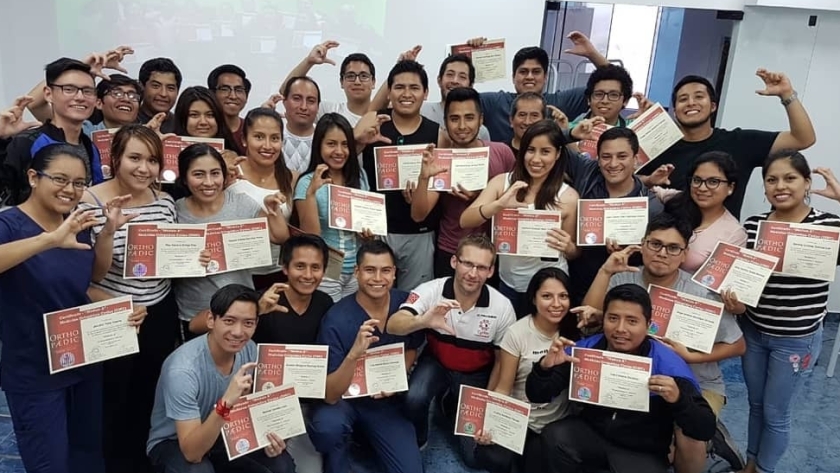Final learning outcome of the Orthopaedic Medicine Diploma course
The sequence and the structure of the modules can vary from country to country, also depending on the specific wishes of the local organisation partner. Finally the intrinsic global content is always similar, regardless from the chosen course structure.
After attending the orthopaedic medicine courses, consisting of a basic and an advanced training program he therapist must be able:
- to examine a patient in an independent, reliable and safe way and to reach a diagnosis as specific and as valid as possible.
- The therapist must manage a multifactorial objective clinical reasoning system.
- We focus on diagnosis and therapy within the field of musculoskeletal medicine. Once a diagnosis is obtained the therapist can start a relevant conservative treatment strategy, taking into account the nature, the severity and the localization of the lesion, as well as the personality of the patient, with respect for symbiotic treatment options and inter-method links.
- The therapist will promote a thorough multidisciplinary team work between MD and pysical therapist in order to optimize the efficiency of the examination and treatment techniques.
Besides achieving a diagnosis one must also know how to achieve a diferential diagnosis including the recognition of red flags. The therapist has to take into account changing the treatment procedure if necessary, also with emphasis on self treatment and prophylactic strategies in order to help the patient to return to his normal daily activities in a most optimal way.

